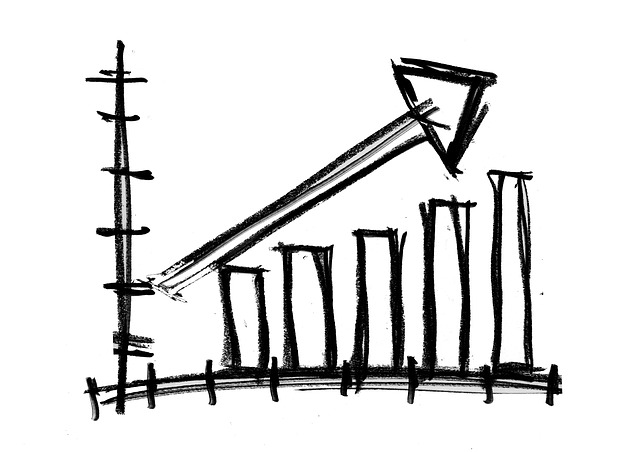Correlation refers to the average relationship between two or more variables. When changes in the values of a variable affect the values of another variable, we say that there is a correlation between the two variables. Now, the two variables may move in the same direction or in opposite directions. Simply because of the presence of correlation between two variables, we cannot jump to the conclusion that there is a cause-effect relationship between them. Sometimes, it may be due to chance as well.
Types of Correlation
Positive correlation
If two variables x and y move in the same direction, we say that there is a positive correlation between them. In this case, when the value of one variable increases, the value of the other variable also increases and when the value of one variable decreases, the value of the other variable also decreases. Example. The sales and profit of a company. If changes in two variables are in the same direction and the changes are in equal proportion, we say that there is a perfect positive correlation between them.
Negative correlation
If two variables x and y move in opposite directions, we say that there is a negative correlation between them. i.e., when the value of one variable increases, the value of the other variable decreases and vice versa. Example. The price and demand of a normal good. If changes in two variables are in opposite directions and the absolute values of changes are in equal proportion, we say that there is a perfect negative correlation between them.
Zero Correlation
If there is no relationship between the two variables, then the variables are said to be independent. In this case, the correlation between the two variables is zero.
Statistical packages like IBM SPSS, PSPP, Even a spreadsheet package (MS Excel, Libre Calc) shall be used in performing correlation analysis.


